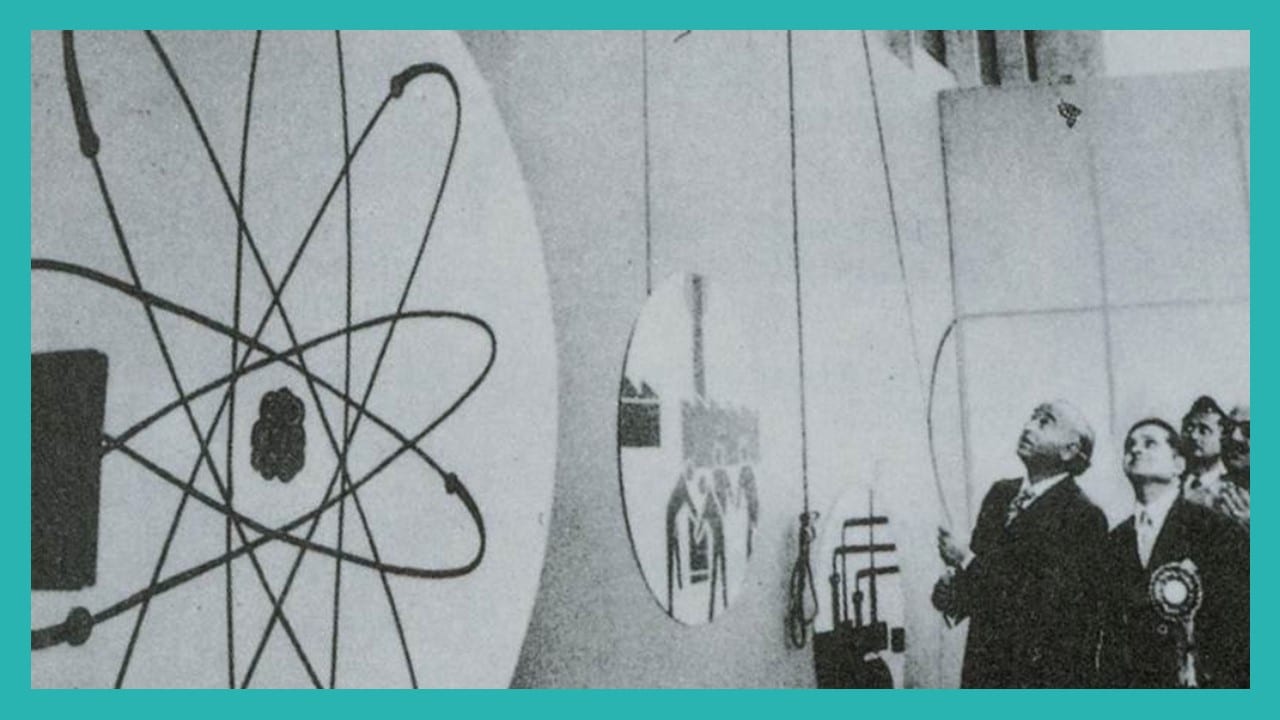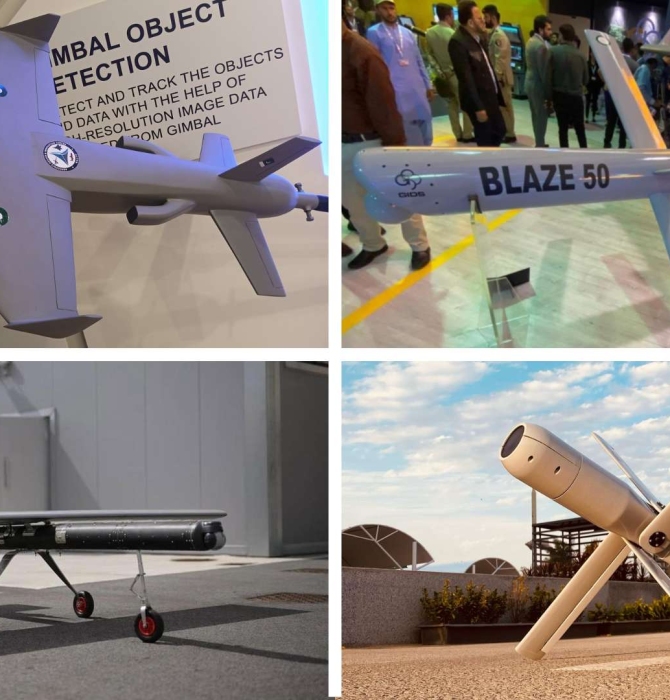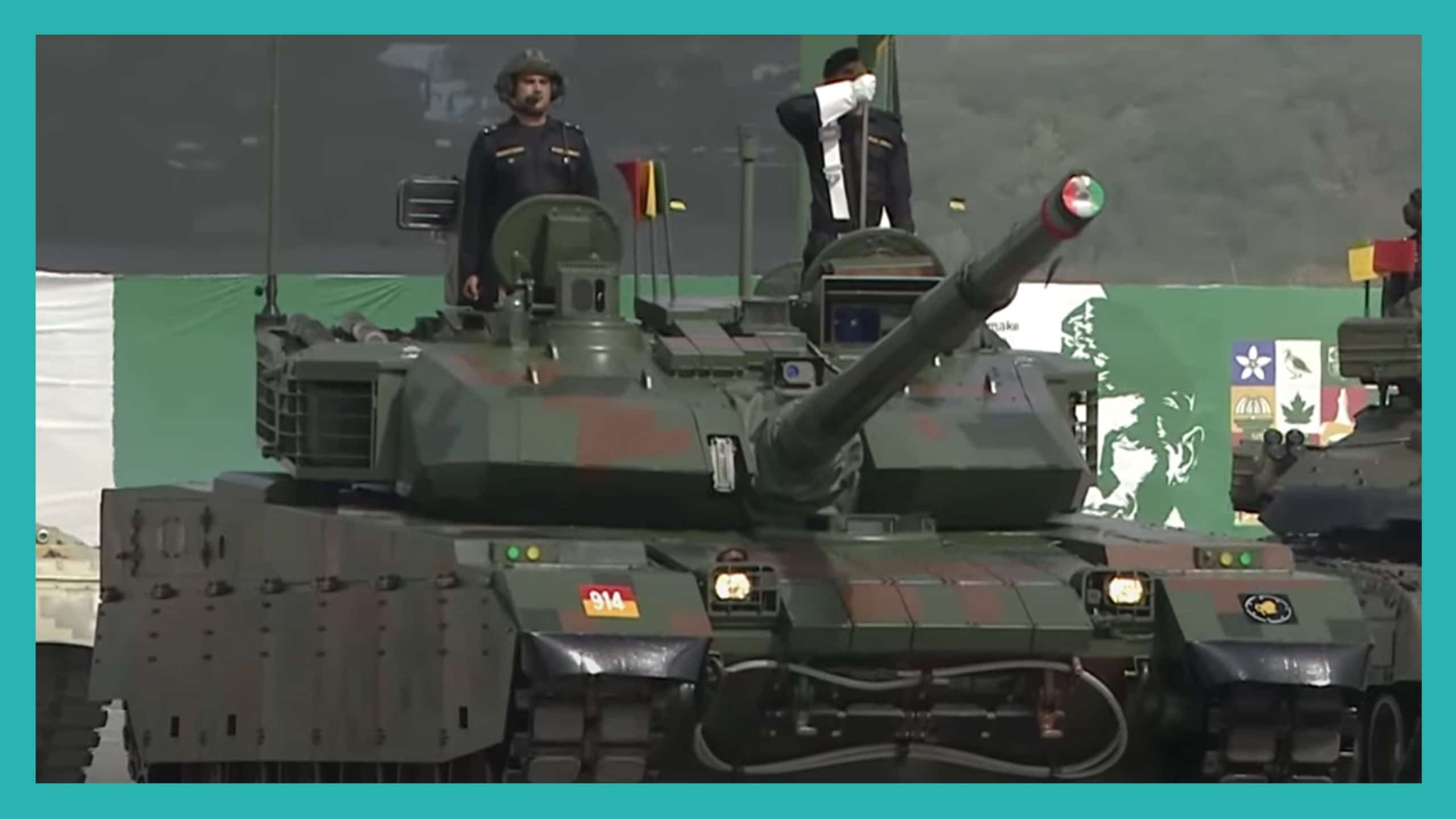2938Views 0Comments

The Atomic Nucleus of Pakistan-US Ties
In recent weeks, there have been reports of the Pakistani government working to “reset” its relationship with the United States. Pakistan’s main goal is to build holistic ties with the U.S across trade, investment, and other areas. In reality, Islamabad’s looking to carve a position in Washington on its own terms, rather than be a conduit for America’s interests in Afghanistan (as it had been since the 1980s).[1]
Remarkably, the discussion comes amid Pakistan’s 23rd anniversary as a nuclear weapons power – i.e., the underlying force influencing U.S-Pakistani ties since the 1970s.
Following India’s underground tests in 1974 – i.e., Smiling Buddha – the U.S started tightening measures to both stop ongoing and prevent future proliferation of nuclear technology. Pakistan, which was an active beneficiary of the U.S-led ‘Atoms for Peace’ initiative, was left with the choice of fully abandoning any and all efforts for nuclear weapons – or see itself closed off from Washington’s favour.
Pakistan chose the latter. Yes, the ramifications of its choice did not materialize until 1990 via the Pressler Amendment (which required the White House to bar the sale of conventional arms to Pakistan unless it could certify that Pakistan was not working on nuclear weapons). However, the build-up to that situation started in the mid-1970s, and arguably, had shaped the nature of US-Pakistani ties towards one of general suspicion and pragmatic, security-centric transactions (especially in relation to Afghanistan).
With its “reset” initiative, it seems that Pakistan is trying to steer its relations with the U.S to a time similar to the 1950s and 1960s. Though defence was a major aspect to U.S-Pakistani ties at that time, it involved other aspects that were either aimed at – or at least resulted in – industrial development and, above all, economic growth that mirrored the advancements of other countries in Asia. For some Pakistani decision makers, this period was Pakistan’s ‘golden age’ in terms of its overall potential and regional influence.
However, it would be erroneous to imagine that Pakistan’s stature at that time was unrelated to its ability and intentions to acquire nuclear weapons. Pakistan got the most out of its ties with Washington at a time when it did not desire nuclear weapons. The moment that calculus changed, the relations – and benefits that came through those ties – became less holistic and, arguably, less cordial at the highest levels.
In fact, it would also be wrong to assume that Pakistan, at least in the mid-1970s, did not understand the trade-off. When Pakistan decided to pursue nuclear weapons, it had decided that, ultimately, strong ties with the U.S would not protect it from existential threats (e.g., territorial loss to India).
Moreover, in the words of retired Pakistan Army Brigadier Feroz Khan, “Pakistan found international institutions capricious and alliances unreliable.”[2] Pakistan did not fully believe in its stature at the time – it wanted nuclear weapons as its ultimate guarantor of its security, if not its existence.
Granted, Pakistan may have underestimated the depths its ties with the U.S would fall to, but it would not surrender its intent to acquire nuclear weapons. For as long as India maintains nuclear weapons, Pakistan will maintain its own inventory so as to prevent India from acquiring a decisive edge.
Based on this historical background, Pakistan’s decision makers must acknowledge that the true catalyst to “resetting” ties with the U.S rests with Pakistan’s nuclear weapons. One can plainly see this by removing Afghanistan from the equation. Since the 1980s, Pakistan’s ties with the U.S have worked on the back of Afghanistan. In the absence of Afghanistan, those relations return to the default – i.e., the U.S working to gradually reduce the number of countries in the world with nuclear weapons.
In fact, from the U.S’ standpoint, truly normalizing ties with Pakistan could potentially mean adding more legitimacy to its status as a nuclear weapons power. In practical terms, this recognition can lead towards Pakistan’s admission into the Nuclear Suppliers Group (NSG), Wassenaar Arrangement (WA), or Missile Technology Control Regime (MTCR). This course could further weaken U.S interests, so there is a cause to limit Pakistan’s ability to further its nuclear weapons capability, not encourage it.
Thus, any willingness on Washington’s part to re-legitimize Pakistan’s stature is contingent on the latter’s nuclear weapons. The new conditions may not require disarmament, but they will likely require a loss of independence in developing, managing, and deploying those assets. Pakistan will have to concede on key fronts if it genuinely intends to regain Washington’s favour, especially for an economic windfall.
Unfortunately for Pakistan, there is one new variable – the rise of China. In this context, India will be able to retain its nuclear weapons because the presence of those weapons support U.S interests in pressuring Beijing. There is no place for Pakistan in this scenario to continue retaining nuclear weapons; if anything, doing so is a sign of Pakistan trying to assert its own interests in the region (as retaining them is a conscious decision to work against long-term U.S interests).
For as long as Pakistan retains its nuclear weapons, it will not ‘reset’ its ties with America, especially not to the degree it had enjoyed in the 1950s and 1960s. This issue is the crux of disagreements between the White House and Islamabad. The other issues – e.g., militancy or Afghanistan – are concerns, but for the U.S, they are negotiable details, provided they do not clash with U.S interests. The nuclear weapons clash with long-standing U.S interests and will be something the U.S will want to resolve in its favour.
Today’s decision makers in Pakistan have become naïve to the origins of their own policy positions. There was a time when Pakistani decision makers understood that there were costs to certain actions. As an example, when they embarked on nuclear weapons, they had, for a time, worked to compensate for the losses their decisions would accrue (e.g., by strengthening ties with other countries to offset the loss of ties with the U.S). Those relationships with France, China and North Korea were instrumental in supporting the nuclear program and diversifying the defence supply channel.
Today, there are unrealistic expectations at play, and as a result, there is little in the way of strategy and planning to build genuine alternatives to “resetting” ties with the U.S.
This is not to say that the U.S has malicious intent, rather, it is an acceptance that Washington (at least at this time) is not interested in “resetting” ties. So, if Pakistan’s current plans to rework its ties with the U.S do not work, what will it do to improve its economy, raise human development, and pursue defence in a sustainable and proactive manner? There is no simple answer, especially for an alternative strategy – but it is a doable effort, provided the policy infrastructure is in place to find and implement the answer.
For Pakistan, it starts with identifying where it stands in the region’s dynamics. Does it want to be part of a ‘camp’, or does it want to be non-aligned and neutral? In reality, Pakistan has not done much to assert that it is in the so-called Chinese ‘camp.’ Yes, it maintains close defence ties with China, but it is not allied with China in as far as taking China’s fights as its own (otherwise, it would have practically supported China on the ground during the Ladakh Standoff). Remarkably, Pakistan has done more military to help the U.S than it has for China (though understandably so given the history).
Practically, Pakistan is not contributing anything to China (except for defence transactions and a sense of geo-strategic support by preventing itself from being another adversary of Beijing). Pakistan is doing more for the United States, yet it is not achieving its interests in Washington. Thus, Pakistan must decide where it wants to stand as the U.S. works to intensify its opposition to China in the coming years and decades.
Of course, Pakistan need not align with anyone. It can assert itself as a non-aligned power, but in doing so it must show consistency in policy. It would need constructive answers each time another country asks it about the Uyghur issue, for example (feigning ignorance deflates Pakistan’s credibility on such matters).
It would also need to substantiate its stance with economic power, and that requires taking technological research and development (R&D), the search for new trade markets, education, and other measures more seriously, especially on the ground. This route is the most difficult, but it is likely the one that will benefit Pakistan the most, provided its leadership acknowledges as much and pursues it. Historically, Pakistan has sung all the right notes about development, yet few statements translated into real-world results.
Fortunately, the push to ‘reset’ ties with the U.S seems to be borne from a desire to improve economically and, potentially, in international stature. If this is the driving intent, then Pakistan must become creative in how it wants to achieve such a goal. The actual solution may not rest in Washington, or even in a foreign country, but rather, internally through domestic investment. For example, domestic R&D investments in automobile technology could attract foreign investment in localized turnkey production. In turn, that can propel Pakistan into an automobile exporter, especially to Central Asia, Africa, and the Middle East.
Pakistan’s nuclear weapons came as a result of domestic R&D investment in nuclear energy research and technology development. So why not extend that same R&D interest to other areas, such as critical feeder industries that can both propel exports and domestic defence systems development? Basically, the issue at hand may have less to do with ‘resetting’ ties with Washington (or even London, Beijing or Riyadh), but more with realigning Pakistan to the vision of its earlier generations, such as those who viewed alliances and international institutions as “capricious” and, instead, wanted Pakistan to stand independently.
[1] Peerzada Salman. “New American administration offers chance of reset in Pak-US ties, say experts.” Dawn. 13 January 2021. URL: https://www.dawn.com/news/1601241/new-american-administration-offers-chance-of-reset-in-pak-us-ties-say-experts
[2] Feroz Hassan Khan. “Atoms for Peace at the Crossroads of History”. Eating Grass. Stanford University Press. 2012. p.24


